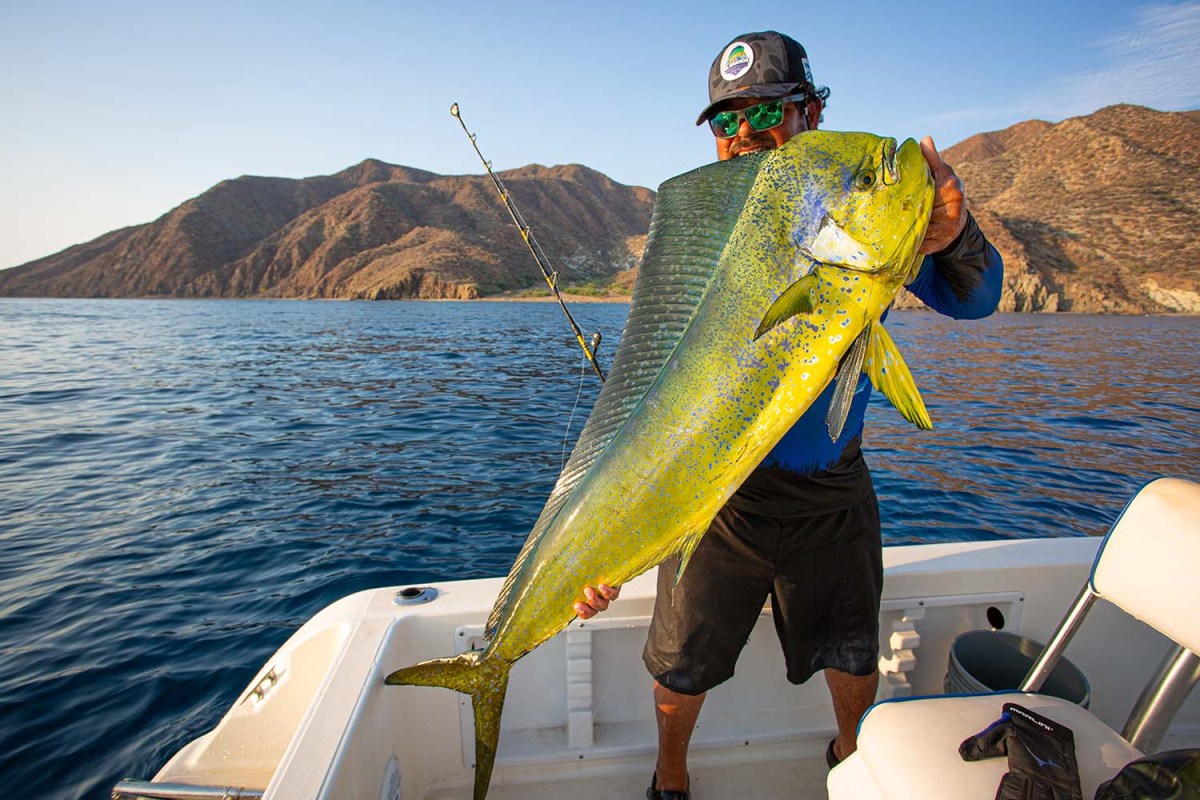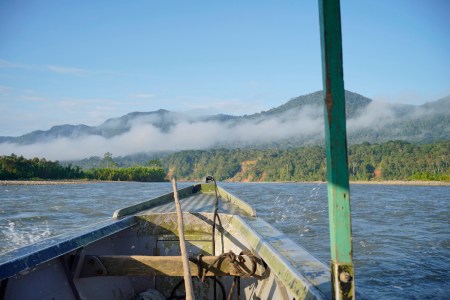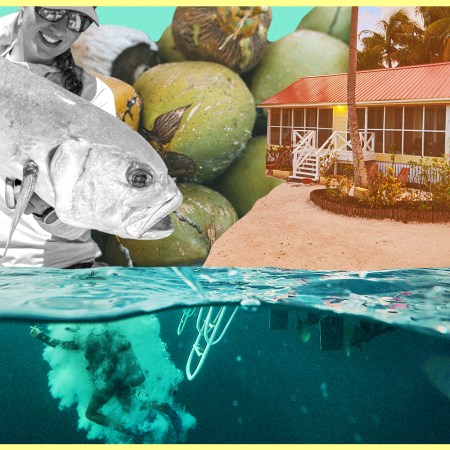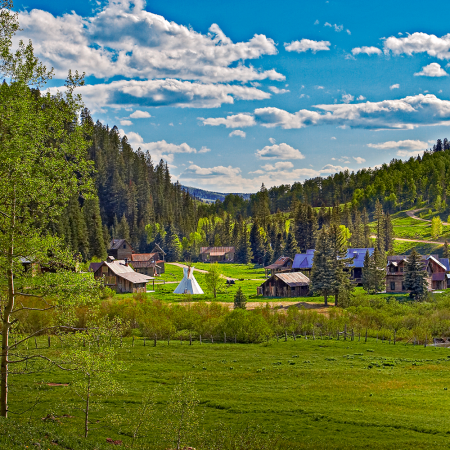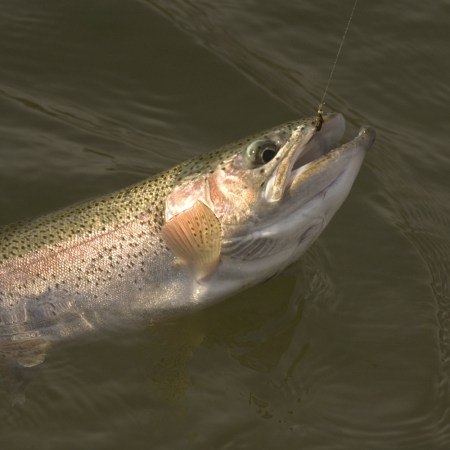In a career spent traveling around the world to photograph and chase various fish species in strange locations, some towns or landscapes or lodges feel oddly familiar, even though I’m setting foot there for the first time. Maybe it’s a face that reminds me of an old friend, or a local dish that tastes like something from childhood. Maybe it’s a hammock strung across the pool, reminding me of past trips in different time zones, or the way the light hits the water that recalls a destination once explored. Maybe it’s something in the air. I don’t know. But a wave of familiarity sweeps over me and somehow I know I’ve found another home in a far corner of the world. This one was a little less far than most.
For a girl who grew up in the mountains of northwestern Montana, the mountain/desert/saltwater combination of Baja California Sur rings exotic — a bit like a movie set. Dry, craggy mountains give way to harsh desert dotted here and there with a palm-lined oasis; a desert which then bleeds into vast sandy beaches with a steep drop-off into clear, dark water. It’s a land of contrasts that can change from lush green after a mountain rain to hot, unforgiving, arid countryside in the space of a day.
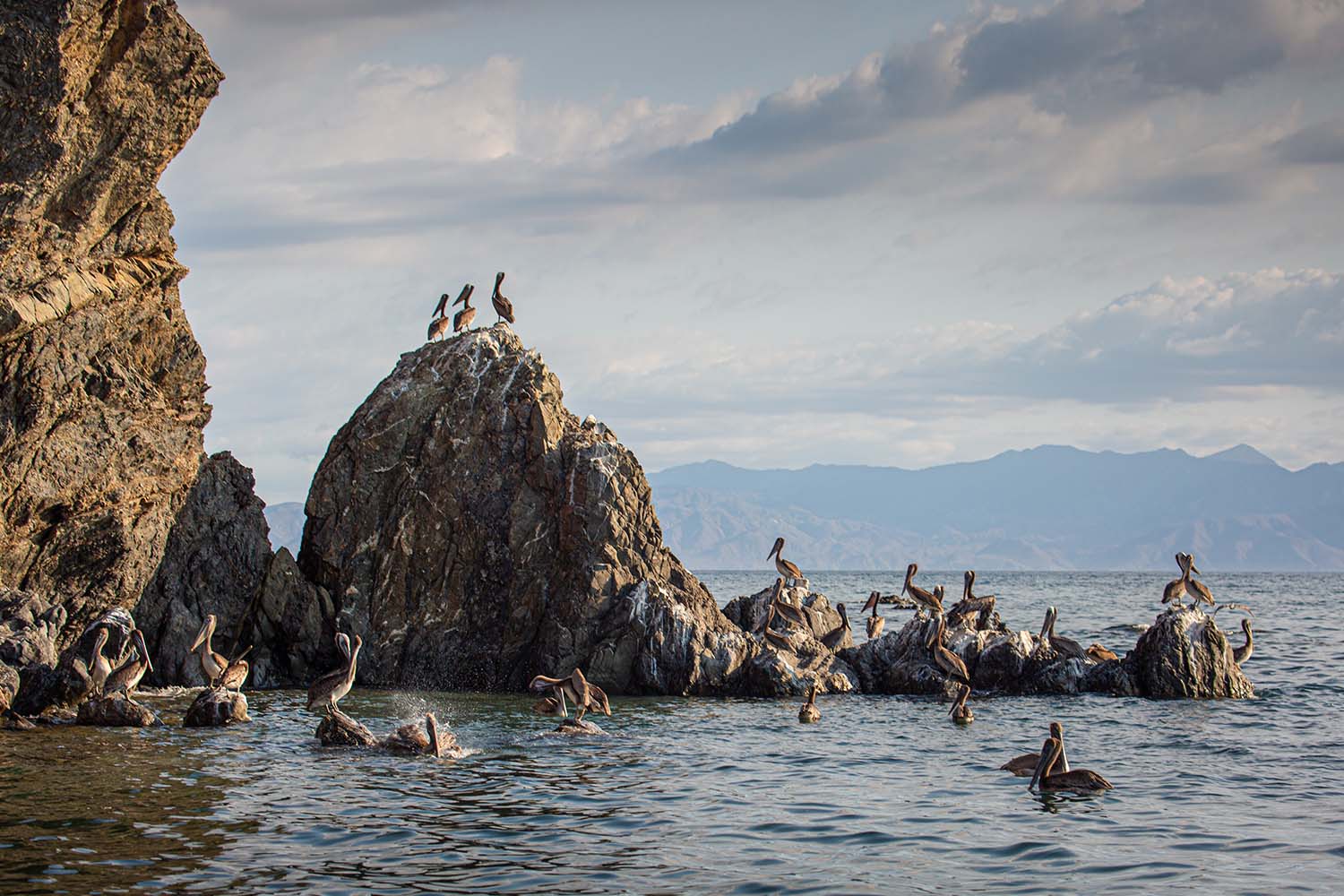
The small town of La Ventana rests on the eastern coastline of Baja California Sur, about 45 minutes south of La Paz. A fishing village with a population of just over 300, La Ventana (“the window”) rests on picturesque La Ventana Bay and serves as a wintertime destination for kite surfers and divers, thanks to its dependable winds and vast array of aquatic life. During the hot summer months, however, La Ventana is quiet, peaceful. A few travelers straggle through town, enjoying the relaxed vibe that’s so different from nearby La Paz, or popular Cabo San Lucas, to the south. Days crawl by quietly; the arrival of the summertime months means this is the local’s escape, a place for residents to come camp on the beach, relax and escape the larger towns.
Summer is also one of the best seasons for fishing around La Ventana, and it’s the promise of dorado, roosterfish, wahoo, marlin and many of the other species that call the Sea of Cortez home, which has drawn me to the region. After a few days exploring other towns in Baja California Sur, I find my shoulders dropping as we drive into La Ventana. This is more my speed — a chill fishing village with plenty of beach, a roadside stand I can walk to for coffee in the morning and a decided lack of touristy décor.
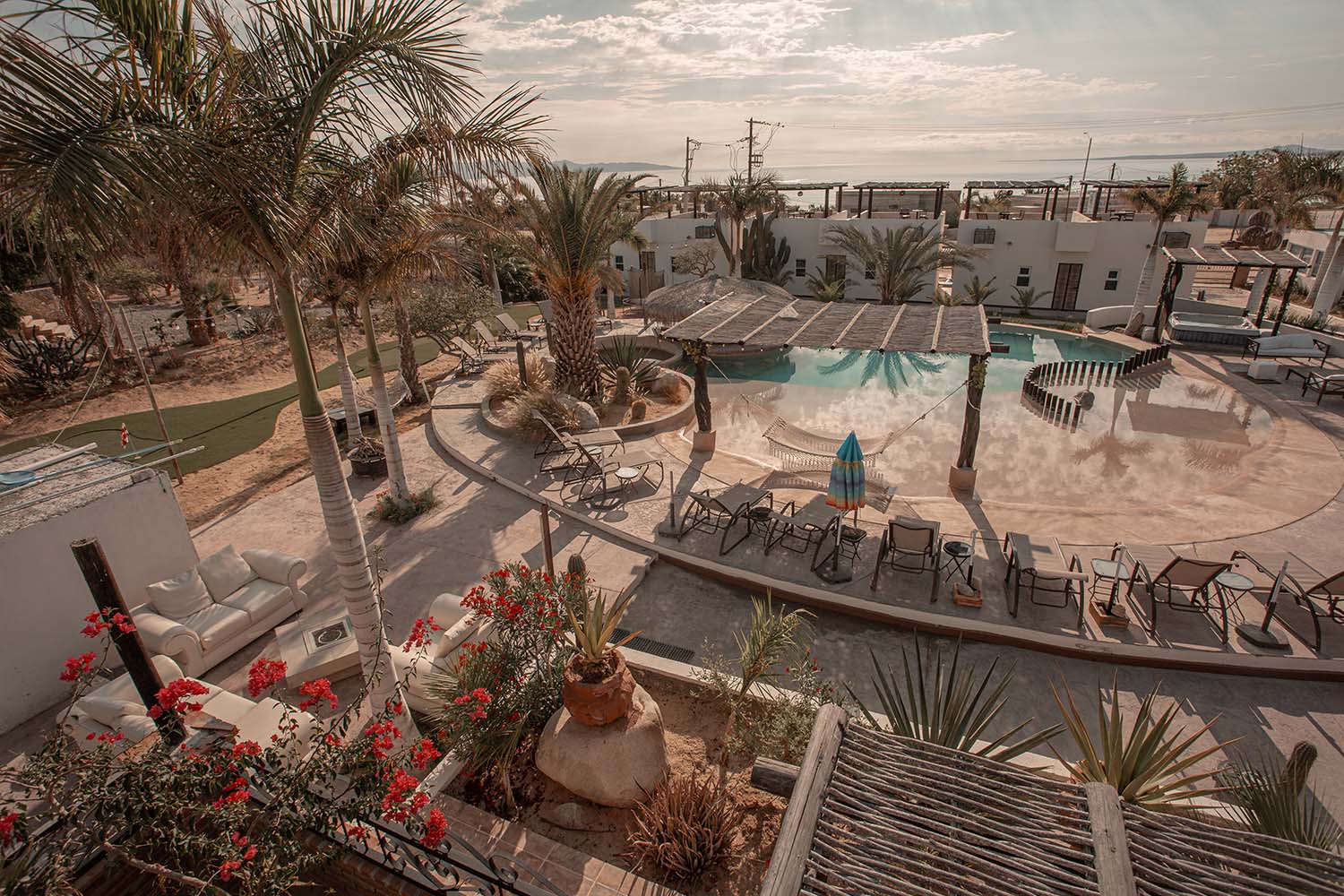
The base of operations for our time in La Ventana sends out a homey vibe as soon as I set foot on the grounds. At Ventana Blue I’m quickly welcomed by owner Poncho and his exceptional team, who rush to make a welcome margarita and bring fresh fish for lunch. The hotel is quiet — tranquilo — and I sit in the shade to take it in. A hammock hangs over the pool; fresh cool water has just been added to the hotel tub. The ping-pong table’s well-positioned for prime action in the bar, and a gaming system and console are tucked into the wall, surrounded by a few fluffy couches. It’s a well-crafted escape that manages to eschew the stuffiness of mainstream resorts, instead feeling delightfully like…home.
But the time to relax will come later. We’re here to fish, so we meet up with Captain Cano from Deep Blue Adventures and head out in pursuit of a few late-afternoon dorado. We zip out of the Bahia de La Ventana and cut across to Isla Ceralvo, a long island not far from La Ventana. Cano waves me up to the wheel of the small fishing boat, nodding at me to drive while he preps gear. I’m more than happy to oblige; we’ve had rough seas the past few days due to a stiff north wind and practice driving boats in new conditions is always welcome.

Running a boat on rough seas shouldn’t be relaxing. On the Sea of Cortez there’s plenty to watch out for besides the waves. During our hour-long run I navigate around two turtles and a floating hunk of wood. But my mind and body quickly settle into routine, winding the wheel to direct the boat along the crests of waves when possible, throttling back and letting us drop into a trough when it’s unavoidable. My feet are spread, knees slightly bent to absorb the shock of the rough ride. Cano nods, pleased, and offers a “Bueno” here and there.
A stupid grin spreads across my face as we surf across another swell. This — this — is why I do this job. Because I get to do weird things like run a fishing boat on the Sea of Cortez
. We zip along the shoreline of Isla Ceralvo, tucking away from the wind when possible, and eventually Cano nods at me to slow down and slide into a cove so he can throw a cast net for bait. Hundreds of brown pelicans line the beach, watching studiously as Cano brings in net after net of small baitfish.
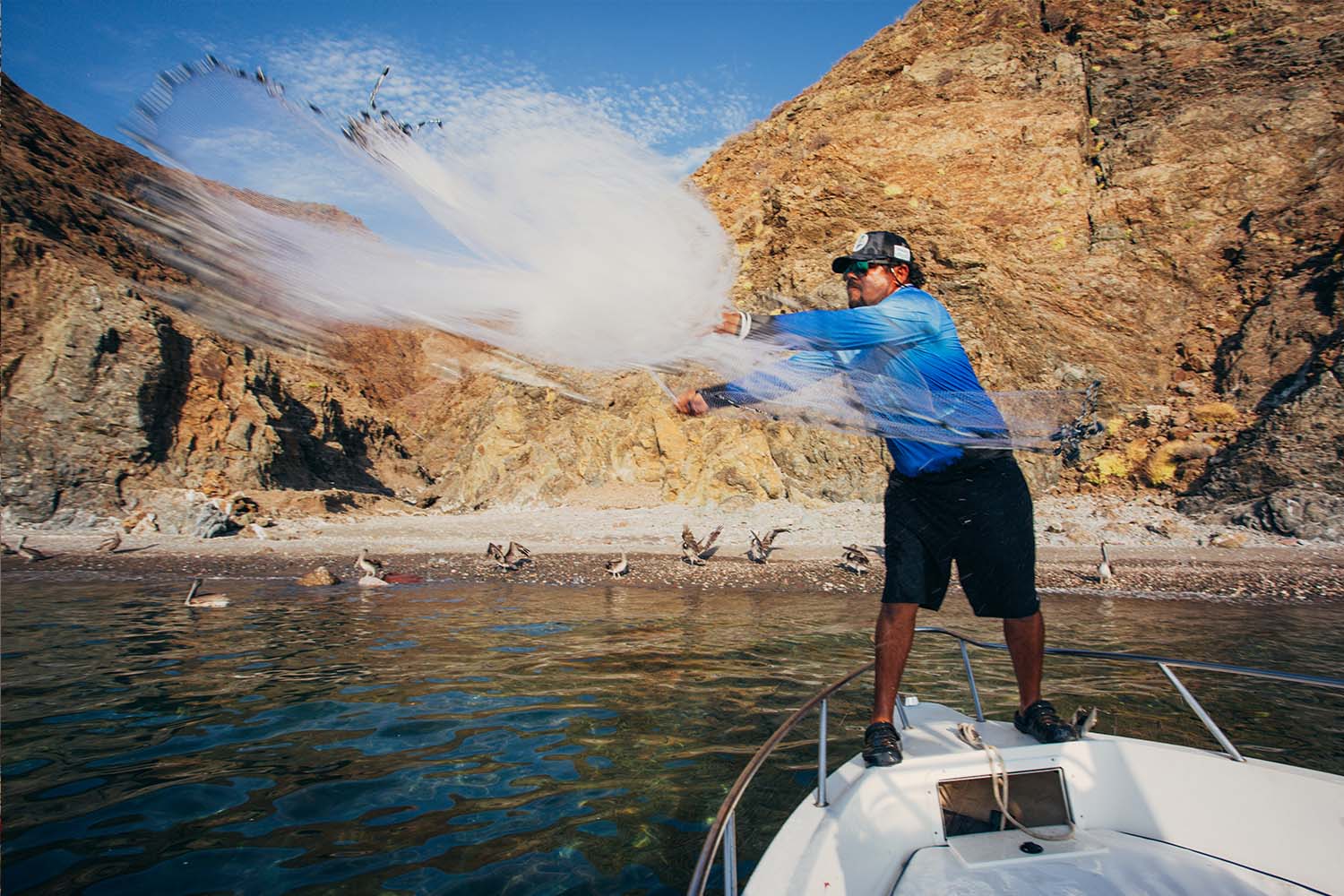
Another nod, a vague gesture to the south, and we’re off again. I drive until Cano gives further directions and eventually we end up floating off a buoy. The buoy’s rope, winding down into the depths of dark navy water, grows algae and supports small invertebrates, which in turn attract small marine life such as bait fish who feed on the smallest bits of the food chain. And, like all good chains, the “middle man” is preyed upon by larger species. In this case? Dorado (sometimes called mahi-mahi), a sportfish that thrives in tropical latitudes around the globe. It’s hard to miss the dorado’s trademark neon green or blue colors, and it’s the large flash of gold along their sides that has given them the name “dorado,” which is Spanish for gold.
Dorado swim up to 50 miles per hour, and typically subsist on a diet of flying fish, squid, mackerel and many other species of small fish. Most dorado caught by fishermen range within the 10- to 30-pound range, though the fish can grow quite large and long, weighing up to 50 pounds — putting up a real tough fight on the fishing rod. Male dorado are called “bulls” and are the prized trophy in these waters. If we can hook into a good bull, we could consider the night a success. And Cano is on a mission to make it so.
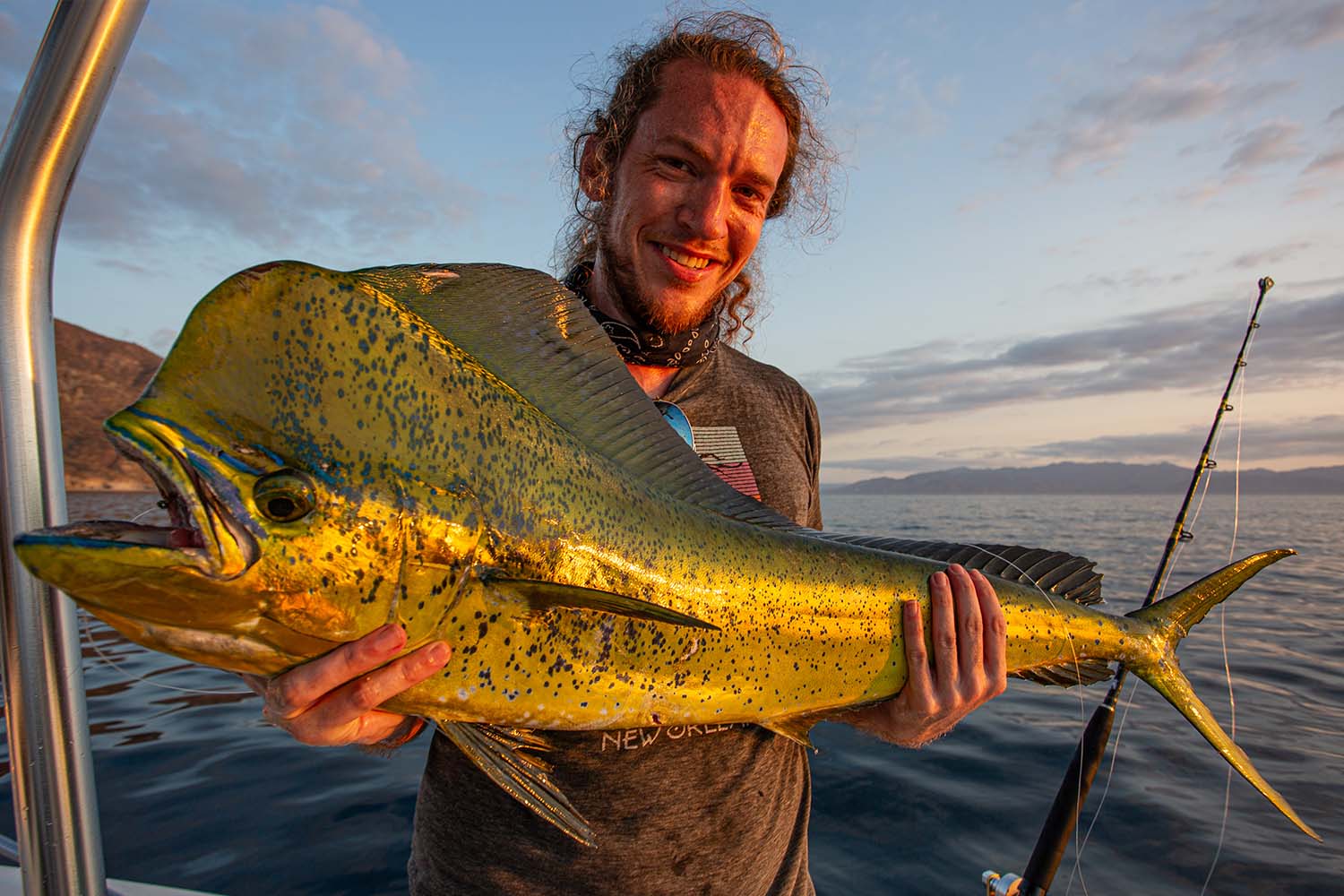
Decades of fly-fishing experience doesn’t do me a whole lot of good for this type of fishing. Throwing live bait into a frenzy of dorado is about as foreign to me as a backcountry Montana cowboy bar would be to Cano. But the best way to learn is by doing, and so it’s time to get to work. We manage a couple smaller dorado — hauling them up to admire their neon coloring before releasing them back into the water — before I hook into a better fish.
All it takes is the dorado making one jump before Cano’s grinning. “Bull mahi!”
And so the fight is on. I prop down on the seat, bracing the rod, and let the fish do his thing. Dorado are fantastic jumpers, and watching the fish leaping against the rapidly-dropping sun, feeling the weight of the fish on the rod, I find myself grinning again. Anyone who has reeled in a big fish on light tackle understands it’s hard work, but there’s something primal about the experience, something delightfully primitive. Our ancestors were catching fish long before metal boats, graphite rods or gel-spun fishing line was ever a thought. When it’s just you, the fish and the water, it’s an escape back to those roots, even just for a moment.
Stand-Up Paddleboarding in the Madre de Dios with the Jungle A-Team
Finding deeper connections in an Amazon adventureThe dorado jumps. Runs. Bulldogs down into the depths. I sweat. Curse a little. Fight the rod.
Finally the fish comes to hand. Cano is ready with the gaff — this one bull mahi will feed a lot of people — and the dorado is pulled on board. We both stare down at it, seeing the neon colors already start to dull and fade as the fish rests on the salty deck. Cano looks up at me.
“Bull mahi.” The words echo with a bit of reverence, and we exchange a fist bump. Mission accomplished.
I snap a few images of Cano with the fish. And then it’s time to get more bait in the water, to see if we can catch one more to bring back before the sun settles to the horizon and it’s time to leave for town. And before long that one more fish is on the deck, and the sun’s low enough we’ll be arriving back to La Ventana in the dark.
Now I don’t know what it is about captains in Mexico letting me drive their boats, but I’m into it. The sun is red and heavy on the horizon now, playing tag with a shrimp boat that’s heading out for the night, and I fight to keep my focus on the water ahead and not on the violent colors of the sun as it slides away. I shoot Cano a grin and throttle back, unapologetic about stopping us in the swell so I can grab the camera and shoot a few frames. Driver’s prerogative.
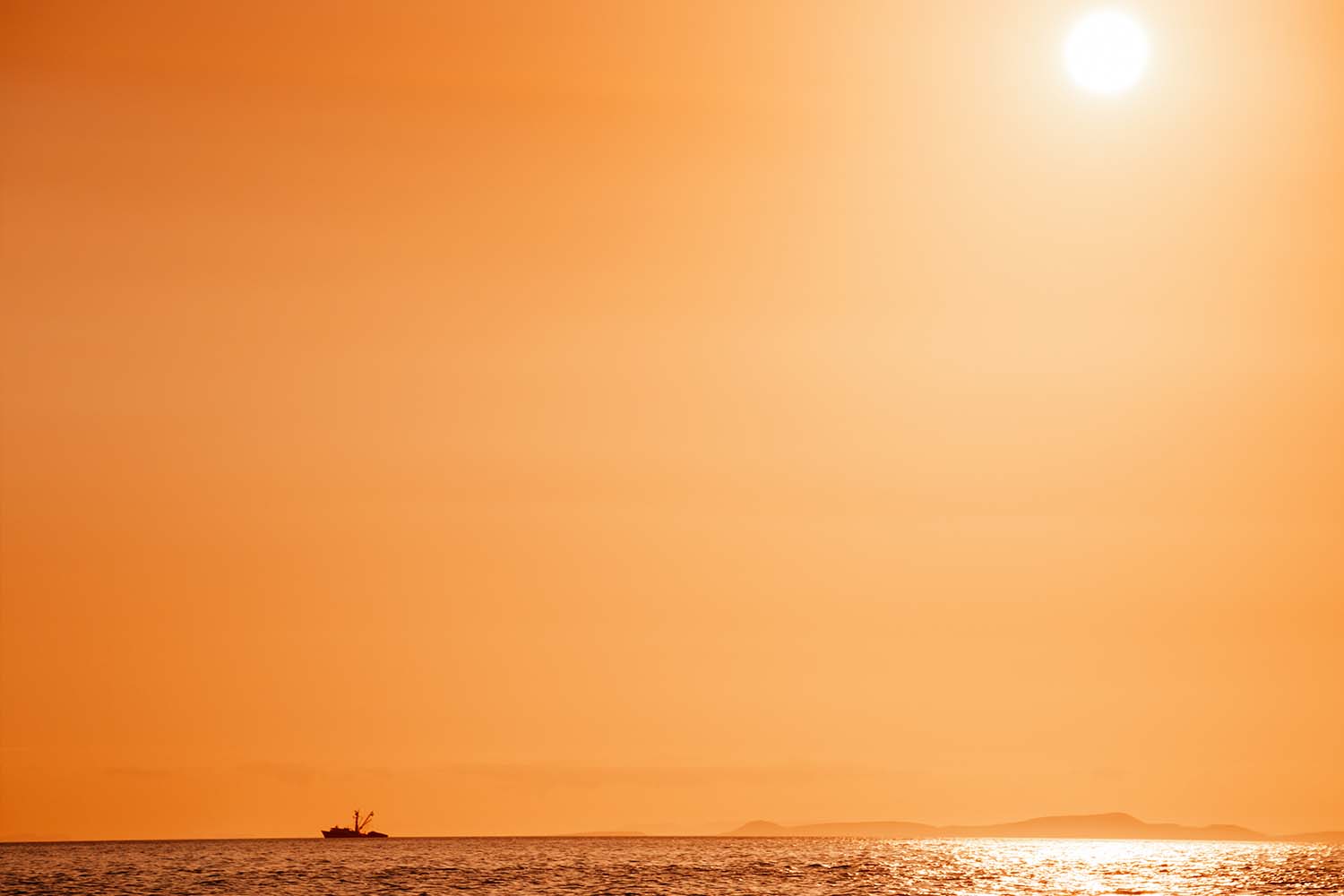
Click. Click. Click. The camera’s shutter slides home a few times and I tuck it back in its weathered waterproof pack, safe from the salt and spray. The wind’s picked up again, and it’s going to be a damp ride home. I kick up our speed and take another glimpse at the silhouette of the shrimp boat against the last vestiges of a red Baja sunset.
People talk about core memories — moments that you’ll lock away forever, that will influence who you become, that will stay with you, crystal-clear as if they just occurred, as long as you live. That red sky brought me one of them. The bucking wheel of the boat under my left hand, the temperamental throttle under my right, the salt-grit deck vibrating beneath bare feet. I keep looking back at the island, at the sunset, trying to imprint every detail of this memory into my brain. The air’s heavy with spray and heat, cooling slightly as we lose the sun, a salt-tang lingering on my lips. This is another of those moments, I realize, that encapsulates why I’ve chosen the job I have. When it all makes sense. And the most we can do in those moments is to recognize them, appreciate them and file every detail away so we can pull it out and reference it later when things get dark again.
I run us all the way back to the beach boat launch. The lights of La Ventana welcome us back, and soon we’re back in the home-like kitchen at Ventana Blue. Cano slices up the mahi and everyone takes home some meat; the kitchen cook is excited to craft a feast of fresh fish for us. After a long day I’m more than happy to shoot a few images and then sit and talk with other travelers. I’m barefoot, sweaty, salt-soaked and utterly happy.
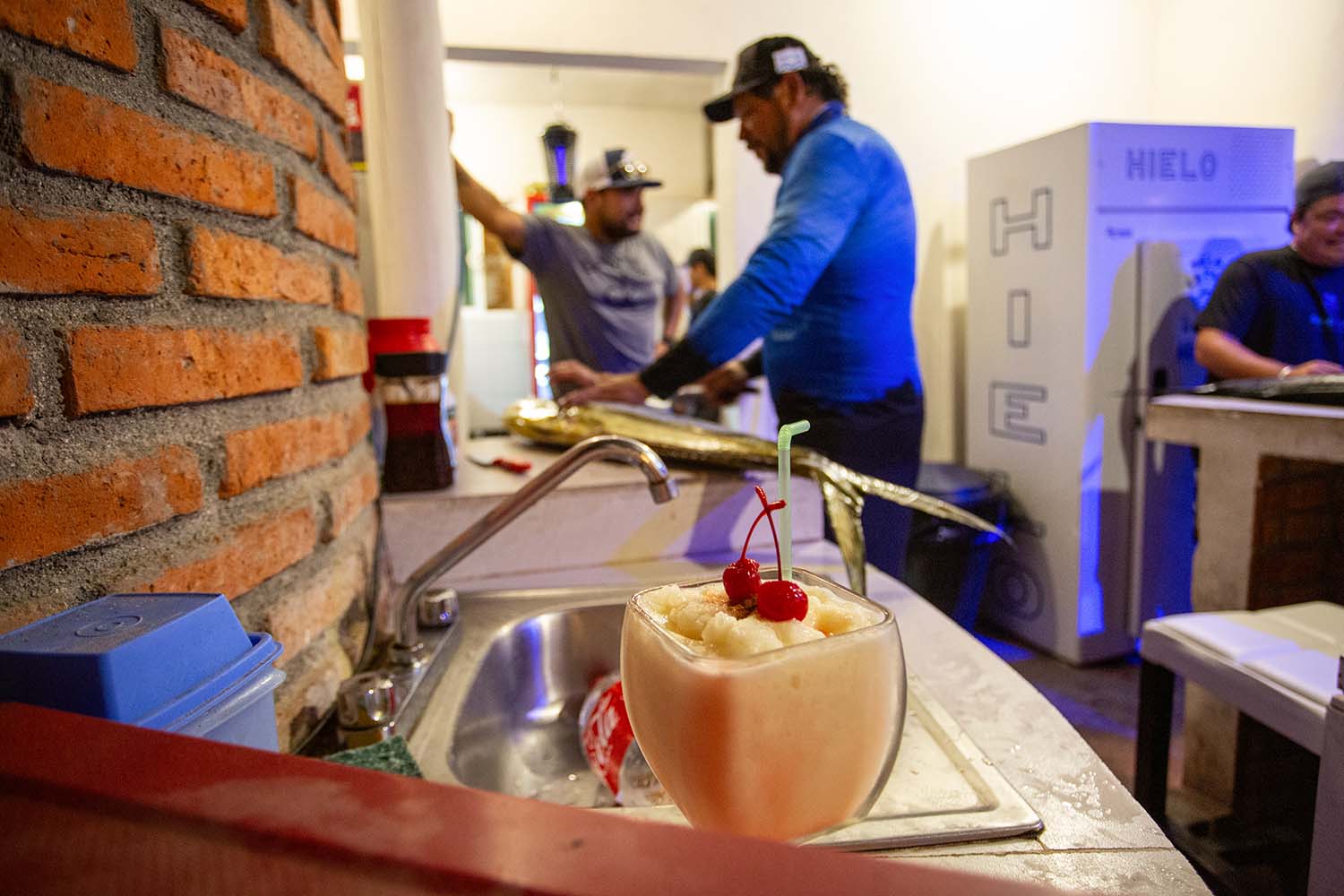
We eat fresh sashimi, ceviche, fish tacos and there’s so much food we make sure to share with the kitchen staff. By the time I look at my watch it’s nearing 11 p.m., but in the warmth of the Baja night and the comfortable vibe of Ventana Blue’s bar, I could easily stay up all night.
But sleep’s a requirement on the job, and so I retreat to a warm shower and a comfortable bed. Morning comes all too quickly — as it always seems to when you’re reluctant to leave one of those “home” places. But we’re farewelled with the best chilaquiles I’ve ever tasted (verde sauce, with carne), coffee and big hugs from the team.
I look in the rearview as we pull away from Ventana Blue, sorry to leave and wishing I had more time. But I know I’ll return. It’s rare to find places that feel like home — especially for an itinerant photographer with no real home base —and when we do find them, it’s worth every effort to get back to touch those home points when we can. I have the good feeling that the excellent staff, the cinematic fishing and that hammock strung over the pool will be waiting for me.
This article appeared in an InsideHook newsletter. Sign up for free to get more on travel, wellness, style, drinking, and culture.
